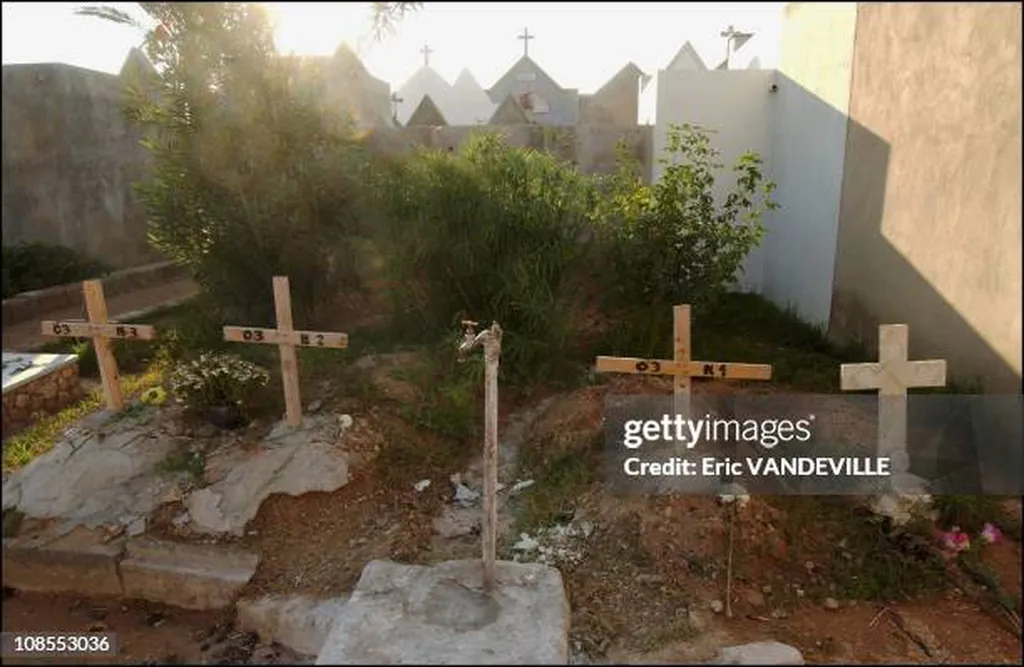In the heart of the Mediterranean, Cyprus stands as a testament to a rich tapestry of cultures and histories, each leaving an indelible mark on the island’s architectural landscape. Among these, the Ottoman period has bestowed a unique legacy, particularly in the form of grave monuments that dot the island. A recent study, published in the *Journal of Asian Architecture and Building Engineering* (translated from Japanese as *Journal of Asian Architecture and Building Engineering*), delves into these structures, uncovering their architectural characteristics and emphasizing their significance for cultural heritage sustainability.
Led by Memnune Turkan from the Near East University, the research focuses on 23 Ottoman mausoleums scattered across Cyprus. These structures, often part of larger complexes, are not merely historical artifacts but also hold potential lessons for modern architecture and urban planning. “The grave monuments from the Ottoman Period in Cyprus were chosen as the subject of our research with the aim to identify their architectural features, reveal their common characteristics, and emphasize the significance of their continued existence,” Turkan explains.
The study reveals that these mausoleums share several architectural traits. Most are built with local stone, featuring a square plan and a cubic body. They are often covered with domes and have plain facades, with few baldachins (canopies) adorning them. These characteristics reflect a blend of functionality and aesthetic simplicity, a hallmark of Ottoman architecture.
The research underscores the importance of preserving these structures for future generations. “The Evaluation and Conclusion section reflects and emphasizes the common architectural characteristics of the Ottoman period mausoleums… and the importance of their preservation and transfer to the future for the sustainability of the cultural heritage in Cyprus,” Turkan notes.
For the energy sector, this research offers intriguing insights. The use of local materials and the simplicity of design in these mausoleums could inspire modern, sustainable construction practices. As the world grapples with climate change and the need for energy-efficient buildings, looking back at these historical structures might provide valuable lessons. The study suggests that integrating traditional architectural wisdom with contemporary technology could pave the way for more sustainable and resilient urban environments.
Moreover, the preservation and promotion of these cultural heritage sites could boost tourism, a significant economic driver for Cyprus. By showcasing these architectural gems, the island could attract visitors interested in history, culture, and sustainable architecture, thereby stimulating local economies.
In conclusion, Turkan’s research is a reminder that the past holds valuable lessons for the future. By studying and preserving these Ottoman grave monuments, Cyprus can not only safeguard its cultural heritage but also inspire innovative, sustainable practices in the energy and construction sectors. As the world moves towards a more sustainable future, the wisdom embedded in these ancient structures could prove invaluable.

